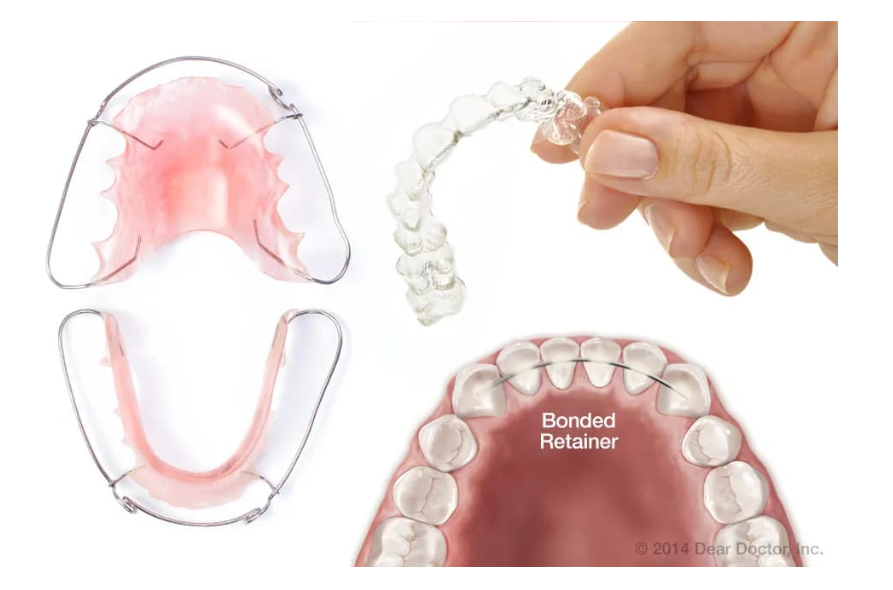retainer types

clear plastic retainers

traditional retainers

glued-in retainers
Which retainers are best? And How do retainers work?
It depends on both your unique initial orthodontic issues as well as your personal preferences and habits. About 90% of patients choose clear plastic retainers. When it comes to teenagers in particular, the main concern is that the retainer is worn. Studies have shown compliance rates wearing the traditional retainers (often called Hawley retainers) is lower, in part because the traditional retainer is more visible with a wire in front and can be more difficult to speak with.
Teenagers in general tend to overestimate their resolve to wear retainers long-term, but personality differences between individuals are more important than any general group-based rule--some of our teenagers are very responsible.


.png)

.png)


.jpg)








